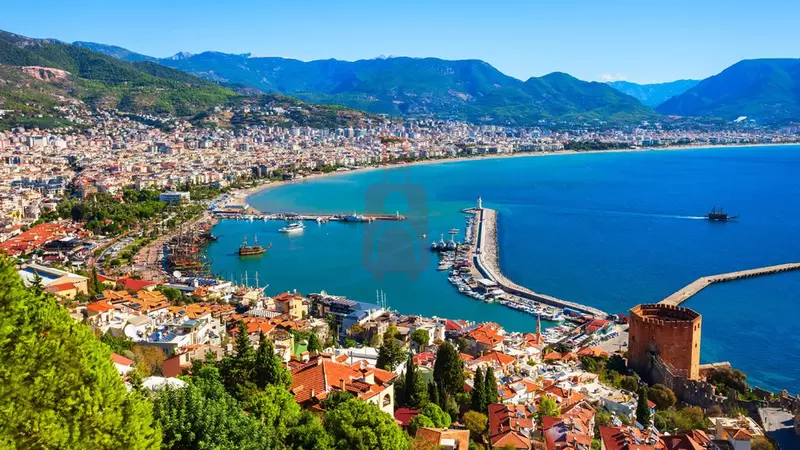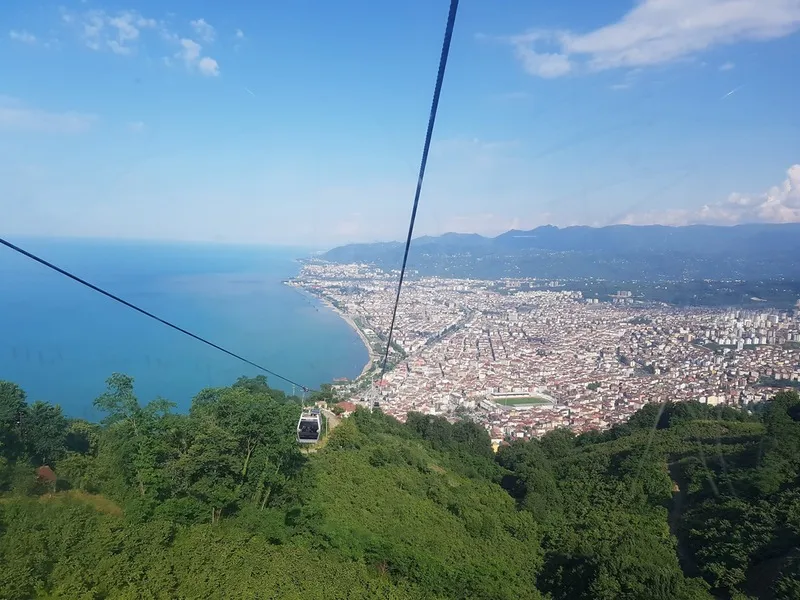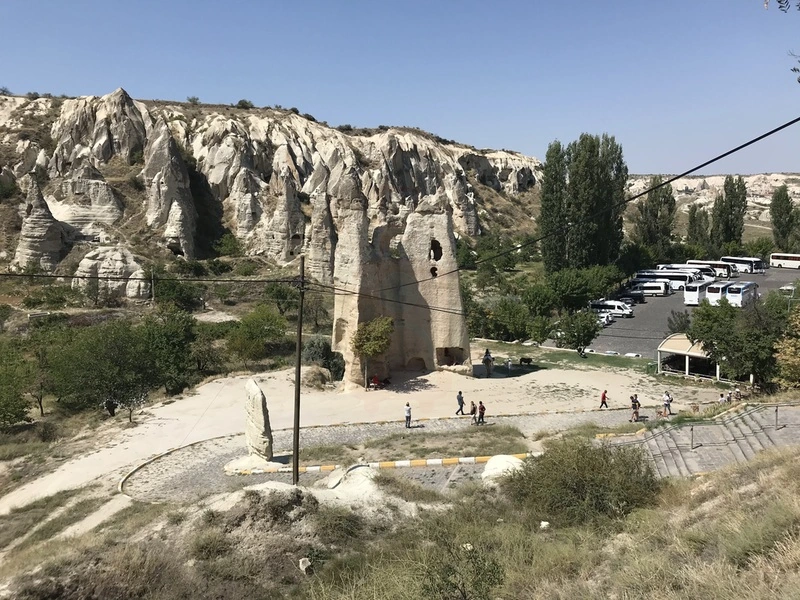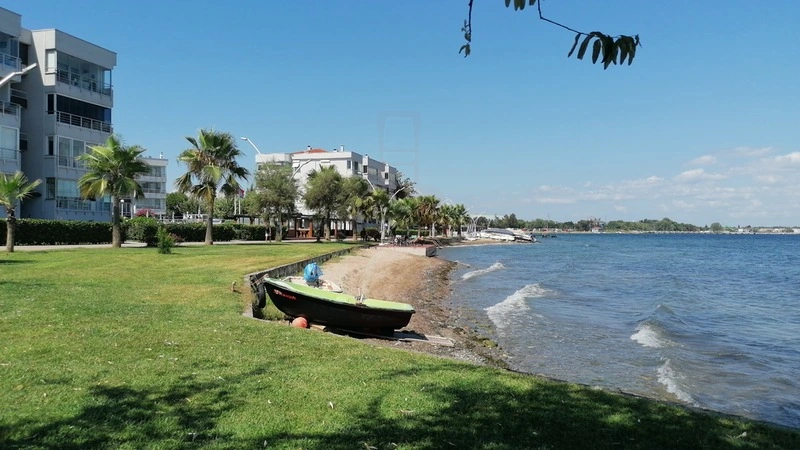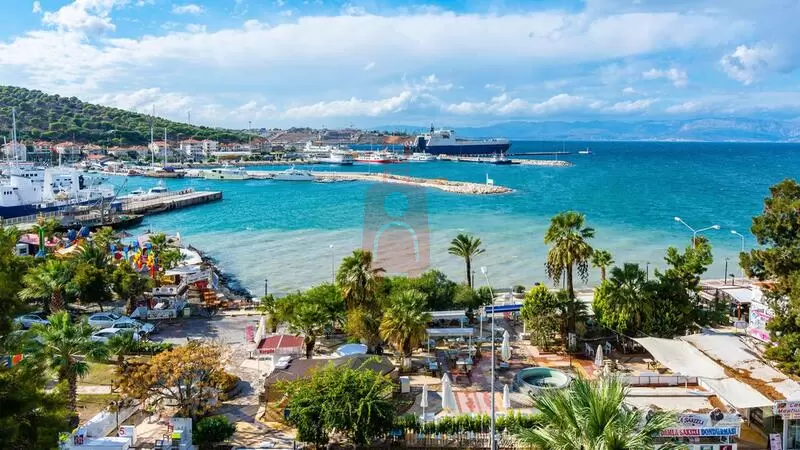
Turkish folk music and dance are vital elements of the country's rich cultural heritage, reflecting its diverse history and regional identities. This guide explores the various styles, instruments, and traditional dances that characterize Turkish folk traditions. From the enchanting melodies of the saz to the rhythmic beats of the davul, each region in Turkey boasts its own unique sound and style. Folk dances, such as the energetic Halay and the elegant Zeybek, showcase the communal spirit and storytelling aspects of Turkish culture. Join us as we delve into the history, significance, and contemporary practices of Turkish folk music and dance, providing you with a comprehensive understanding of this vibrant art form.
Understanding Turkish Folk Music
Turkish folk music is a tapestry woven from the diverse threads of the country’s numerous ethnic groups and regional traditions. It is characterized by its use of traditional instruments such as the saz (a stringed instrument), cura (a smaller version of the saz), ney (a type of reed flute), and davul (a large drum). Each region has its distinct musical styles, which reflect local dialects, customs, and lifestyles. For instance, the music from the Black Sea region is often fast-paced and lively, while the music from the Aegean region may have a more relaxed rhythm.
Traditional Instruments
The instruments used in Turkish folk music are as varied as the music itself. The saz is perhaps the most iconic, often associated with the bard-like figures known as ashiks, who tell stories through their songs. The ney adds a mystical quality to the music, while the kanun (a stringed instrument played on the lap) provides rich harmonic textures. The davul and zurna (a woodwind instrument) are commonly used during celebrations and festivals, creating an infectious rhythm that encourages dancing.
The Significance of Dance
Dance is an integral part of Turkish folk culture, often performed during weddings, festivals, and community gatherings. Each dance has its own style and significance, often reflecting the history and traditions of a specific region. The Halay is a popular line dance that involves participants holding hands and moving together in synchronized steps. In contrast, the Zeybek is a solo dance characterized by its slow, graceful movements, often depicting the heroism of local warriors. Other dances, such as the Bar and Horon, showcase the unique rhythms and styles of different Turkish regions.
Regional Variations
Turkey is home to a multitude of regional folk music styles, each with its own unique characteristics. The Kurdish folk music of the southeast features distinct modal scales and often reflects themes of love, nature, and resistance. In the Aegean region, the Greek-influenced folk music has a lilting quality, while the Central Anatolian region’s music often incorporates a more melancholic tone, reflecting the harsh realities of rural life. The Black Sea region, known for its lively tempo and energetic dances, often features call-and-response singing, which invites audience participation.
Modern Interpretations
In recent years, there has been a resurgence of interest in Turkish folk music and dance, with contemporary artists blending traditional sounds with modern genres. Musicians like Neşet Ertaş and Orhan Gencebay have gained popularity by revitalizing traditional music, while new dance troupes are incorporating folk elements into contemporary performances. Festivals celebrating folk music and dance are held across the country, attracting both locals and tourists eager to experience this vibrant aspect of Turkish culture.
Conclusion
Exploring Turkish folk music and dance offers a profound insight into the country’s cultural identity and history. Whether you find yourself captivated by the haunting melodies of the saz or the mesmerizing movements of traditional dances, engaging with these art forms is a gateway to understanding the rich tapestry of Turkish life. As you travel through Turkey, allow the rhythms and melodies to guide you, and immerse yourself in the heart and soul of its folk traditions.
